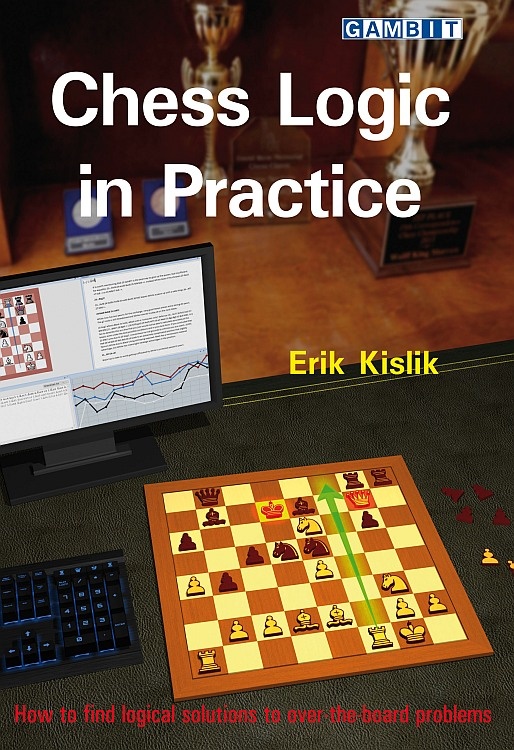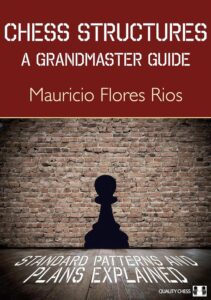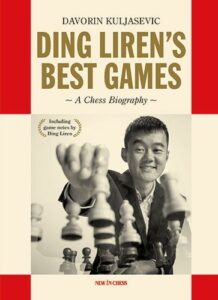One thing struck me when reading the foreword to Chess logic in practice, written by Kislik’s student, GM Gretarsson. He says: “When we analyzed together, I noticed that he only made strong statements about a position when he had very deep analysis on the topic, which made his work easy for me to trust.” I suffer from judging a position without understanding it well, and I know that only great players are able to refrain from evaluating a position and giving advice unless they understand it perfectly. That makes Kislik an author whose advice I can trust.
Chess logic in practice is a book that explains how to solve problems and make tough decisions in practical games. The title is a bit flashy in my opinion, but don’t let that mislead you. The book is perfectly practical, down to earth, and full of invaluable advice for players of all levels.
The book is divided into two parts; Thinking concepts and Positional concepts. Positional concepts, the second portion of the book, addresses questions we’ve seen answered in many chess books, but in a relatively fresh way. Positional concepts such as fighting against centralized pieces, when to exchange pieces, focal points, pawn weaknesses, flank attacks, and weak kings, have been explained using instructive examples and detailed explanations of the patterns and ideas involved in recognizing them. I find the latter to be of immense importance. There are many books that give a position and explain it. Kislik does a great job of uncovering the materials necessary to spot the concepts he explains in our own games. Each chapter is accompanied by “more text than variations”, something experienced chess book readers will know how to appreciate.
The first portion of Chess logic in practice is a bit more unique. Thinking concepts, divided into 12 chapters, on topics such as tenacity, optical biases, overpressing, simplification, reciprocal logic, or what to do when there’s only one idea to play for. This part of the book reminds me of Nunn’s famous Secrets of practical chess, or, to be more precise, the first 80 pages, in which Nunn gives concrete advice on how to think better. Kislik’s 89 pages do just that. He explains how to think and how to apply sound reasoning in difficult positions. He attempts to correct the common mistakes we all make in our thinking processes through concrete examples that help the reader understand how to avoid such mistaken logic in the future.
Chess logic in practice is a rare beast among books on thinking processes. Its true value lies in the explanations of flawed logic we all tend to apply when it suits us, and it addresses the thinking mistakes even strong players make constantly. I would advise any ambitious player to read this book several times.














